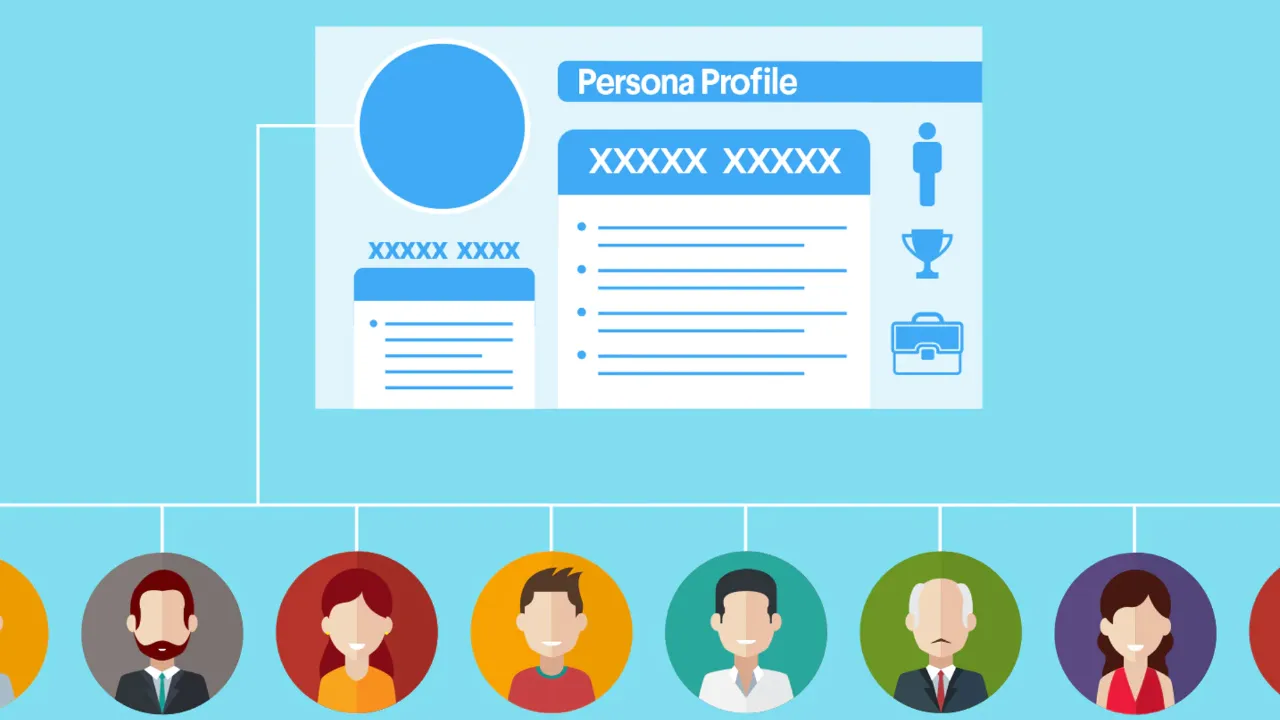Over the years, personas have been great tools to support user experience. These fictional characters catered to identifying the needs and problems of different segments of people. However, with time, their importance decreased. This is because relying merely on generalizations wasn’t helping companies to grow. The companies saw that these personas did not influence the decision-making process. It was soon realised that these personas lacked interactivity.
The situation seems to be have changed now. With data analytics in place, personas using big data can now be generated. A combination of interactivity and analytics opens the door of interactivity as a persona is no longer limited to being a static, flat file. As the preferences of one user varies with that of the other, personas catering to the same are no longer a distant dream. Data-driven personas hold the potential to adapt to different preferences, choices and demographics of the users. Such an interactive persona can be deployed in a variety of fields – marketing, HR, healthcare and design to name a few.
That said, what garners the attention of people across the globe is the concept of APG – Automatic Persona Generation (APG). This is considered to be an excellent tool to turn data into personas. This data-driven system is a blend of analytics metrics, foundational data and conceptual persona. Considering the fact that the user population has varied interests, the tool aims at generating casts of personas and each segment of the user population having a persona. APG stands the potential to identify the unique behaviour pattern of the users.
APG generates casts of personas representing the user population, with each segment having a persona. Relying on regular data collection intervals, Data-driven personas enrich the traditional persona with additional elements, such as user loyalty, sentiment analysis, and topics of interest, which are features requested by APG customers. This is followed by associating these unique patterns to demographic groups based on the strength of association to the unique pattern. It is now time for matrix factorization to come into play. Using this technique, latent user interaction is determined.
#big data #latest news #make better decisions with data-driven personas #personas #data-driven #better decisions
